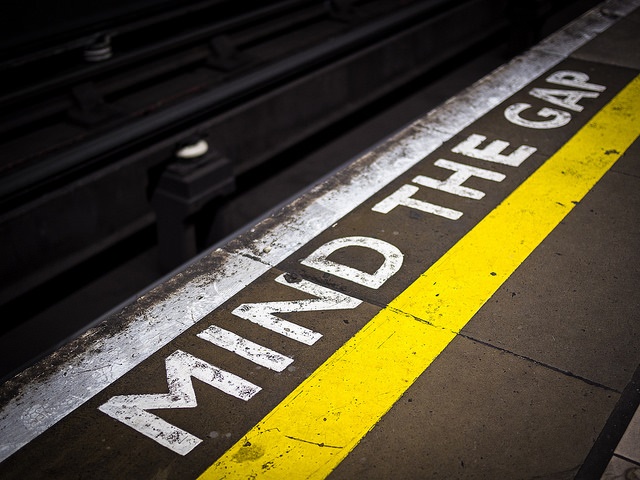 There’s been a wave of recent media and political commentary about the future submarine. The debate has tended to slide around the central question of whether or not to build them in Australia, and to focus on the need to avoid a ‘capability gap’, what was or wasn’t done by the previous Government, and—most recently—the ‘canoe-building’ capability of the ASC.
There’s been a wave of recent media and political commentary about the future submarine. The debate has tended to slide around the central question of whether or not to build them in Australia, and to focus on the need to avoid a ‘capability gap’, what was or wasn’t done by the previous Government, and—most recently—the ‘canoe-building’ capability of the ASC.
The Future Submarine landscape is extremely murky at the moment. A cynic might suggest that’s deliberate, in order to both obscure and justify the coming decision to build the submarines off-shore. In a recent report in The Australian, for example, the Federal Treasurer was reported as stating that we wouldn’t have an open tender for the future submarine, and that we didn’t have time to build a new design in Australia if we’re to avoid the ‘capability gap’.
How relevant are these statements? Are they realistic, misinformed, or something else? Importantly is there a transparent way forward that will satisfy the various parties, and avoid the dreaded ‘capability gap’?
First, some logic. The following sequence is hard to deny:
- Australia has unique conventional submarine requirements—largely due to the need to transit long distances undetected prior to going on patrol.
- There’s no off-the-shelf submarine in existence that will satisfy those requirements.
- Modification to an existing design is therefore required if we aren’t to compromise our requirements.
- There are only four countries with submarines that could form the basis of a modified design—Japan, Germany, France and Sweden.
- We know what our requirements are and therefore are in the position to provide those to the potential suppliers.
- The potential suppliers (being submarine designers and builders) will be able to provide information on the extent of modification required in order to meet the Australian specifications—and to provide information on the feasibility and costs associated with building them in Australia.
- No ‘new design’ is required, only a modified design.
- No open tender is required as there are a maximum of four options.
From an outside position looking in there seems to be a lot of wheel-spinning, and not a lot of progress. However, there are a couple of actions that could be taken quite simply (and quickly) to enable the process to gain better traction.
Given that we know our requirements we should immediately request the four possible suppliers to respond as to how they’d meet the requirements, the level of design augmentation that would be required, how important factors such as the provision and treatment of intellectual property would be handled, the timeframe to deliver the submarines, and the arrangements for building those platforms in Australia (or not). The responses would need to include indications of overall cost, on the proviso that final costs wouldn’t be allowed to exceed that amount by 10%.
That competition may well need to be funded by the Commonwealth with each potential supplier receiving (say) $10 million to cover the extensive work that would be required to respond. From those responses, we’d select two suppliers for future consideration.
This action would provide the government with an element of competition in the process, a framework for the way ahead, and detailed costing information. Importantly, all acquisition options would be considered, and two companies would be put out of their misery with respect to further deliberations. Transparency would be achieved and avenues for complaint minimised.
The second action would be to consider the establishment of a ‘Submarine Construction Authority’ to handle procurement, as advocated by John White. Submarine-building, if undertaken in Australia for the longer term, will be a nation-building activity and therefore too important for ongoing management solely by the Department of Defence.
So, let’s stop procrastinating, stop the political games, and just get on with it. It doesn’t need to be this hard.
Graeme Dunk is manager of Australian Business Defence Industry, a national defence industry association. Image courtesy of Flick user Robert S. Donovan.

